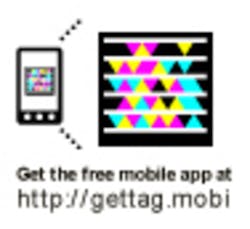It seems a 15-yard penalty is an absurdly insignificant punishment when a player from one team deliberately lowers his head and drives his helmet into the helmet of a player on the opposing team during a football game. Most often, the downed player remains lying on the field for several minutes while the team medical personnel work over him. Once able to walk, he is helped off the field, probably not to play for the remainder of the game. This scenario likely happens many times over the course of a weekend when college and pro football games are in full swing during the fall. Depending on the severity of the infraction, a penalized professional player possibly may pay a fine but most likely will not be suspended from playing.
Helmet-to-helmet hits are getting a lot of attention lately from those within the game including owners, coaches, and players as well as sports medicine professionals. One such individual, Robert Cantu, M.D., clinical professor, Department of Neurosurgery, Boston University School of Medicine, also is medical director of the National Center for Catastrophic Sports Injury Research which gathers information on spine and head injuries. This data has been used to initiate changes in football rules regarding tackling and blocking with the head and medical care for an injured player who has suffered head trauma on the field.
According to a recent article in the MIT Technology Review, “Analyzing Hard Hits on the Football Field” by Brittany Sauser, data collected from a large number of players suggests that brain injuries might be sustained not only from a hard hit to the head but also from a number of lesser hits over an extended period of time. The cumulative effect of these injuries could result in chronic traumatic encephalopathy (CTE), a disease of the brain caused by head trauma. CTE has been found in more than 20 deceased NFL players.
To determine the number and severity of hits to the head, the National Institutes of Health funded a study that included players from Virginia Tech, Brown University, and Dartmouth who were outfitted with sensor-equipped helmets. The sensors provided information on the magnitude of the hits, direction, and location. The data was gathered during practice sessions and regular games and showed that some players received as many as 1,500 hits to the head in a season—on average about six hits in practice and 14 in a game—with linemen and linebackers receiving the most, as stated in the article.
Impact data collected by the helmet sensors from individual players was continuously transmitted to a PC on the sidelines. The software was customized so team medical personnel were alerted when a player was subjected to an excessive number of hits or when a certain number of gs had been exceeded. Team physicians also could visually monitor a player and remove him from the game if he acted erratically.
The NFL has labeled a 98-g impact to the head as the threshold for a concussion. The problem is most concussions are not detected after a hit, meaning many players and their coaches think they are fine and continue in the game. As reported in the article, hits of less than half the NFL threshold must be taken into account to determine how they cumulatively affect the player. Here’s what remains to be ascertained: How many hits can a player receive until the condition and function of his brain are affected?
On another topic, I’m sure you noticed the square image in this editorial and the ones on the cover of this issue. These are MOBI tags designed so you can interact with articles and advertisers in this magazine from your smart phone. All you have to do is download the appropriate app for your phone (http://gettag.mobi) and scan the tag with the camera to connect. If you scan the MOBI tag here, you will connect to my e-mail so you can tell me what’s on your mind. You’ll see many more of these tags in EE in the coming months.
Paul Milo
Editorial Director
[email protected]


